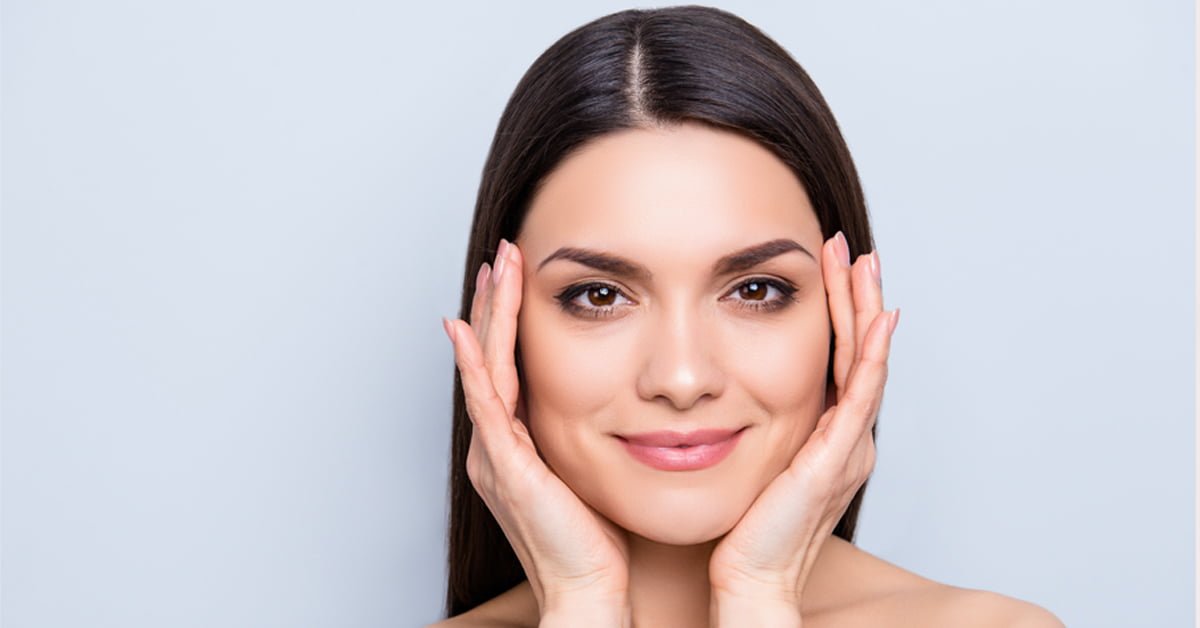Eye Bag Removal Surgery (Lower Blepharoplasty)
What Does Under Eye Bag Mean?
It is an aesthetic problem on the eyelids caused by structural and environmental factors, characterized by eyelid bags and wrinkled and sagging eyelid skin. In advanced cases, bags on the upper eyelids adversely affect visual function.
Under-eye bags are usually accompanied by collapses in the cheekbone areas just below the lower eyelids. As a result of volume loss in the cheekbone area, under-eye bags become more noticeable and draw attention.
What Is An Eye Bag Removal Surgery?
The surgical procedure performed to eliminate bag formations in the upper and lower eyelids are called “eye bag removal surgery” or “blepharoplasty”. Blepharoplasty, one of the most common plastic surgery procedures in our country and around the world, involves the elimination of excess skin and bag formations that may even prevent the opening of the upper eyelids.
Blepharoplasty allows for the removal of excess upper eyelid skin as well as under-eye bags in the same procedure. In this way, it is possible to get a successful result in terms of both the appearance and function of the eyelid.
What Are The Causes of Droopy Eyelids?
The eyelids consist of skin, muscle and fat layers, from the outside to the inside, respectively. The skin on the eyelids loses elasticity and becomes loose as a result of genetic factors and environmental factors such as age and sun exposure. The subcutaneous muscle layer loosens and begins to sag due to gravity.
On the other hand, the deeper-seated fat pads that give the eyelids a fuller and more vibrant appearance begin to herniate forward. As a result, sagging and bag formation occur in the eyelids.
As the eyebrows drop, the excess skin in the eyelids becomes more noticeable. The make-up applied on the eyelid is hidden by the excess skin fold. In advanced cases, the excess skin in the upper eyelid may grow to a significant extent, causes visual difficulties.
What Are The Causes Of Under-Eye Bags?
Lower eyelid problems are colloquially known as under eye bag. Under eye bags mostly develop as a result of aging or genetic factors. Under-eye bags inherited from family members appear in the 30s, whereas age-related under-eye bags appear in the 40s. On the other hand, the under-eye bags are more noticeable when the cheekbones corresponding to the under-eye region are not distinct. In such cases, the cheekbones are also supported by fat injection to make the under-eye bags relatively less noticeable, and to provide a more aesthetic appearance.
Use of alcohol, smoking, irregular sleeping patterns, frequent crying, and gravity are other causes of under-eye bags. Eye bag removal surgery, also known as blepharoplasty eliminates these symptoms that interfere with a person’s social life and mental health.
How Are Eye Bags Eliminated?
Patients who search for the treatment of under-eye bags receive recommendations from people or websites about home-made solutions, but the only permanent and effective solution for under-eye bags is the surgical procedure known as blepharoplasty (colloquially known as under eye bag surgery). Lower blepharoplasty is performed for bags on the lower eyelids, while upper blepharoplasty is performed for bags on the upper eyelids.
What Are The Dos And Don’ts Before Blepharoplasty?
To avoid hemorrhage complications during or after Blepharoplasty, the use of Aspirin, vitamin E, and certain pain killers or herbal preparations that reduce blood clotting should be discontinued at least 10 days prior to surgery. The best way is to avoid using any medicines or supportive pills apart from a well-balanced diet.
Blood pressures of hypertensive patients should be managed with medications before blepharoplasty.
How is Blepharoplasty (Eye Bag Surgery) Performed?
Before the blepharoplasty operation, the patient should be examined by the plastic surgeon. During that detailed examination, the plastic surgeon evaluates certain symptoms such as sagging skin and excess skin around the eyes, the amount of subcutaneous fat and the portion that will be removed from it, and possible muscle slackening. The plastic surgeon then determines which technique will be used for the eye bag removal surgery based on the results of the examination.
At this stage, the plastic surgeon should be given information about any existing eye diseases (such as xerophthalmia) as well as the patient’s overall health status (hypertension, using blood thinners etc.) An eye bag removal surgery takes about an hour and is performed under intravenous (IV) sedation and local anesthesia. If the operation also involves the treatment of the upper eyelid, it takes a bit longer.
During the surgery, incisions made from inside the eyelashes or eyelids are used to intervene with the fat tissues and worn-out muscles beneath the eyelid skin. The excess skin is removed to stretch the under-eye region.
Healing Process after Blepharoplasty (Eye Bag Removal Surgery)
- Edema and bruising may occur in the eyelids; in such cases, lying with a high pillow and applying cold compresses are recommended.
- It does not cause severe post-operative pain, but if it does, the pain might be a sign of bleeding, and the doctor should be informed of the situation.
- Lachrymation, burning sensation and dryness may occur in the eyes. The eyelids may remain slightly open, but this is expected to end as the edema subsides.
- The sutures are completely removed within 3 to 5 days after the operation.
- The patient can return to work after a week, but full recovery from a minor edema in the eyelids may take 3-4 weeks.
- The patient can wear contact lens a week after the operation.
- In the first few weeks, surgical scars can be concealed with make-up. Scars that are pink in the first few weeks generally fade to pale, light, and skin-colored in the following months, becoming less noticeable.
- Accumulation of blood (hematoma) in the eyelids is one of the most serious postoperative complications. In order to avoid bleeding;
- When lying down after surgery, the patient should use a high pillow.
- Cold compress should be applied,
- Blood pressure should be monitored and reduced if it is too high.
- Hard coughing or sneezing should be avoided.
- Excessive straining on the toilet should be avoided,
- For a period of two weeks, heavy lifting, strenuous sports, and blood thinners should be avoided
Can Blepharoplasty (Eye Bag Removal Surgery) Be Repeated?
The eyelids maintain their new shapes for years. If the eyelids become droopy again, a second surgery is always possible. If the surgery produced an unfavorable outcome, a second surgery may be required.
More Detailed Information About Under Eye Bags and the Treatment Process
On our webpage “Eyelid Aesthetics”, you can find much more detailed information about the treatment of under-eye bags including the preoperative preparation, operation process, surgical techniques used, postoperative period, and the answers to frequently asked questions.
Blepharoplasty Prices in 2024
The cost of the treatment of under-eye bags varies depending on the condition of the under-eye bags, the hospital where the surgery will be performed, and the additional surgical procedure to be performed. The current surgery price for any individual can be determined only after the evaluation on his or her condition. For more information on this topic, you can fill out the form, write to us on WhatsApp, or call us at our phone numbers.

